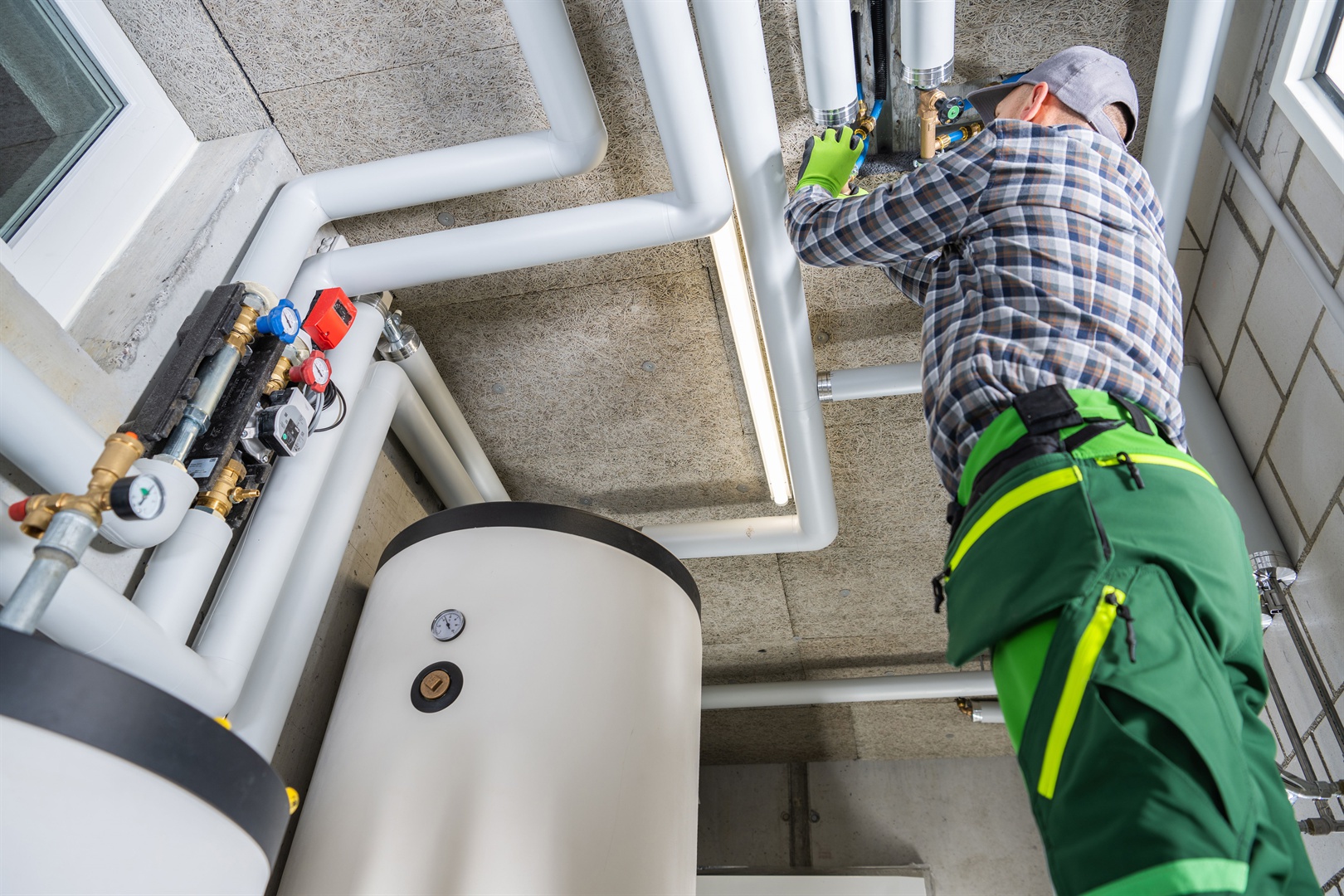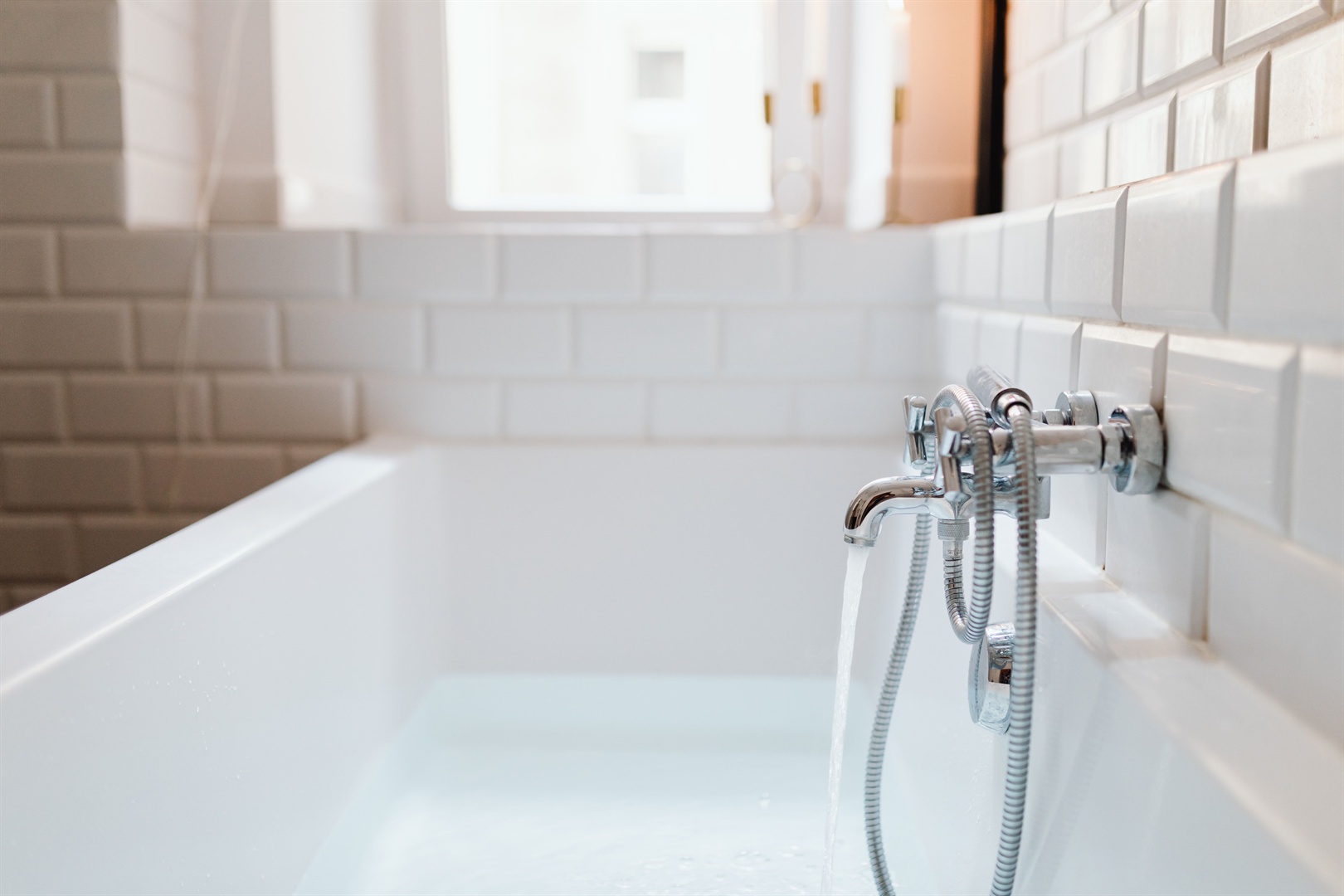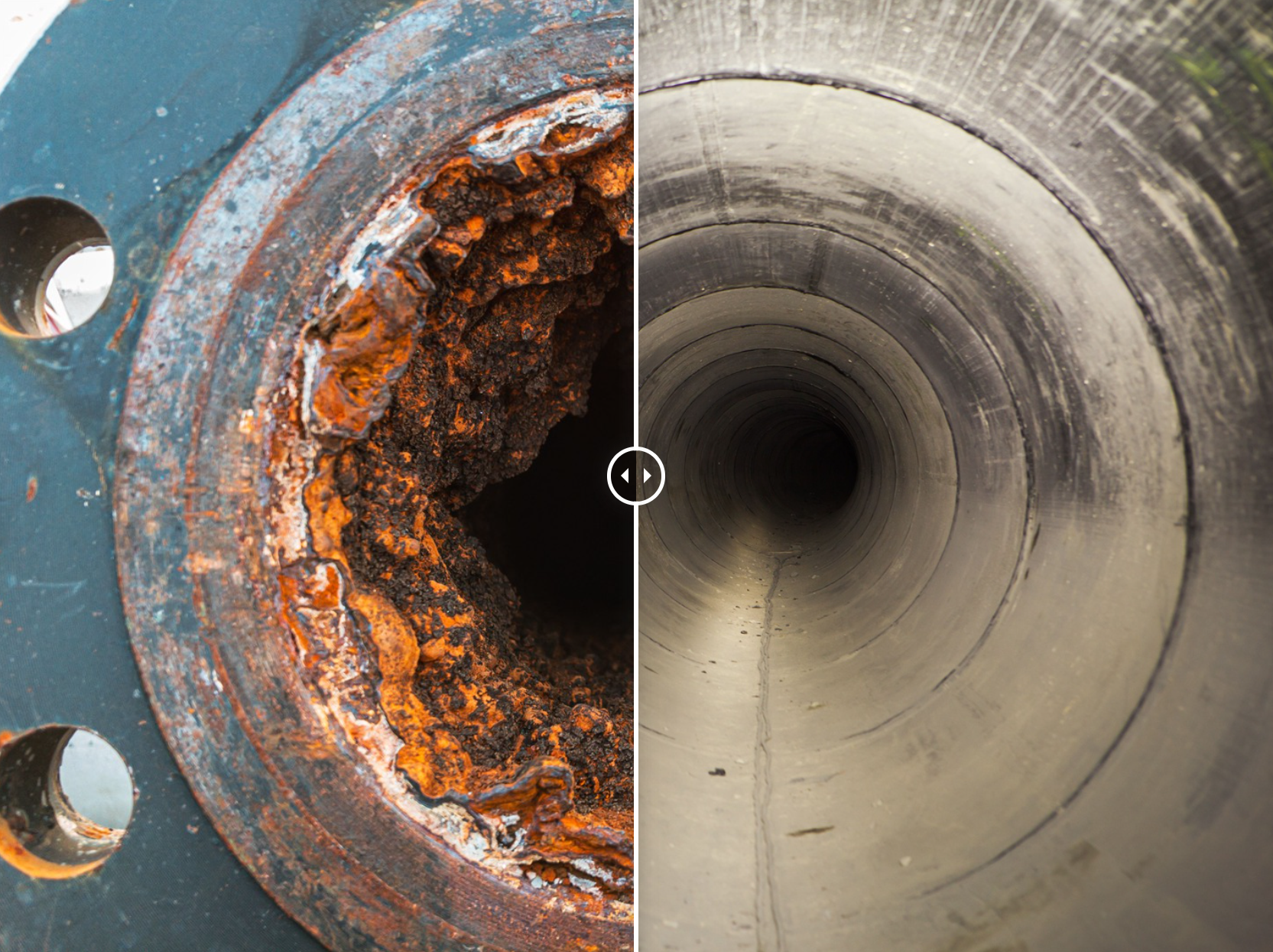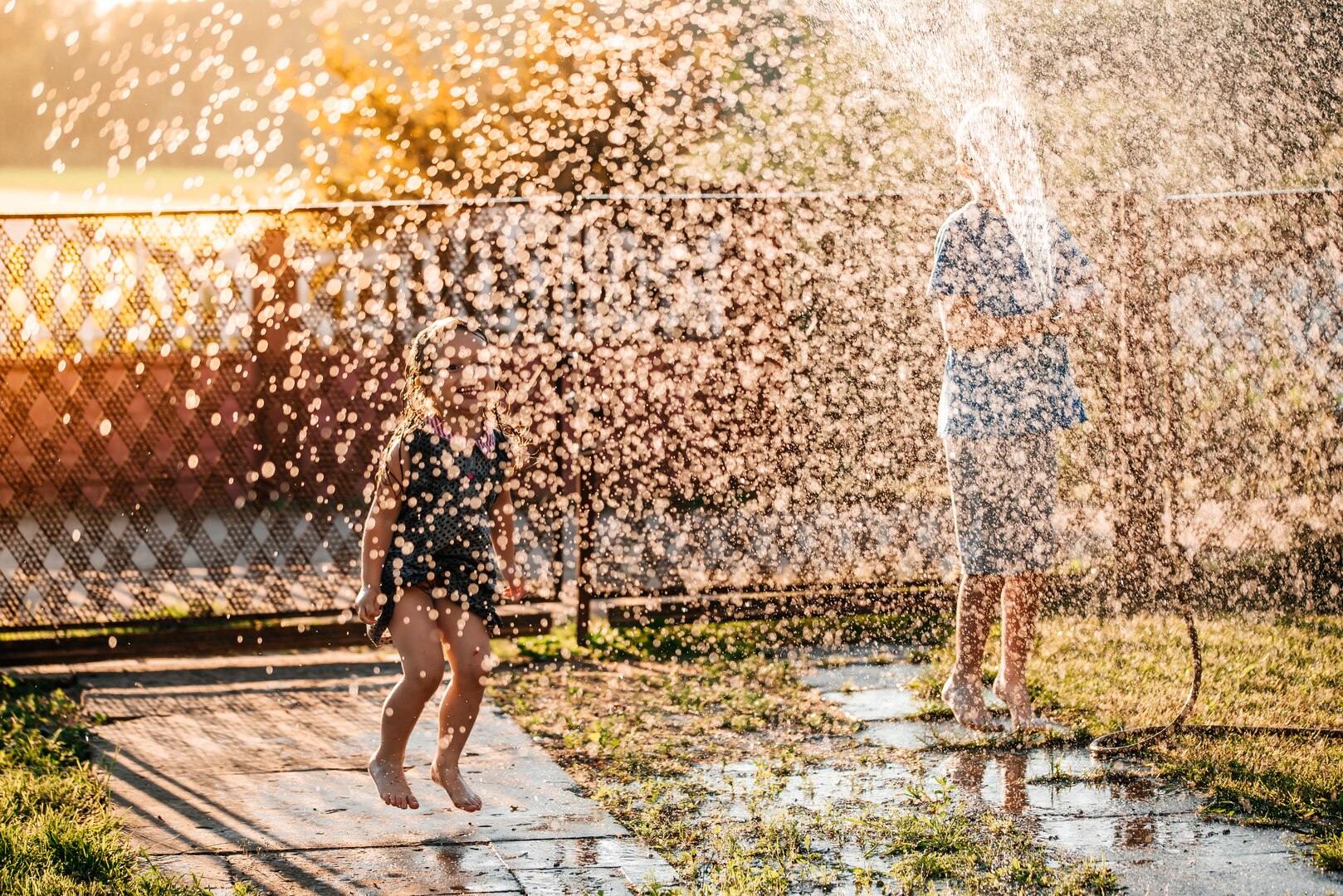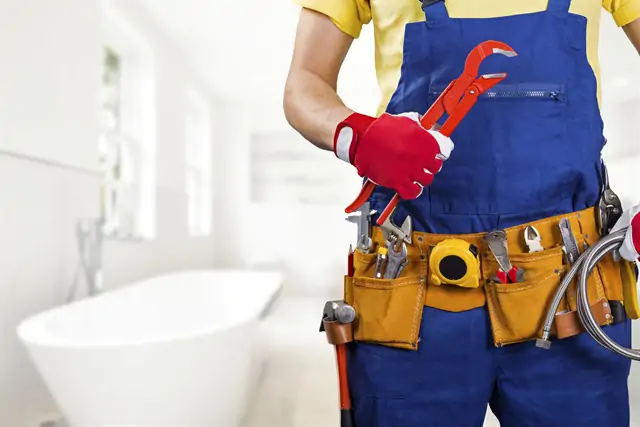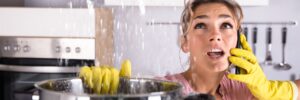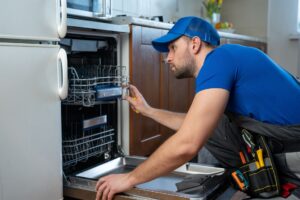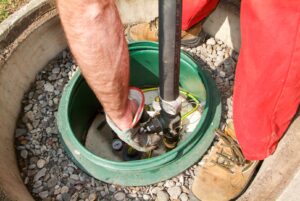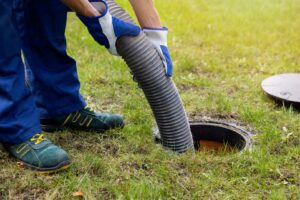Water damage can wreak havoc on homes and businesses, causing extensive property damage and posing health risks. Understanding the causes, prevention methods, and restoration techniques is crucial for safeguarding your property and mitigating risks. Let’s explore the essentials of water damage and how you can protect your space.
Water damage refers to various issues caused by water intrusion into buildings. It can originate from natural sources like floods, storms, or plumbing failures such as burst pipes and leaky appliances. Regardless of the source, water damage can lead to structural damage, mold growth, and damage to personal belongings if not promptly addressed.
Preventing water damage starts with understanding its causes and taking proactive measures. By identifying potential risks and implementing preventive strategies, you can minimize the likelihood of water-related disasters and protect your property investment.
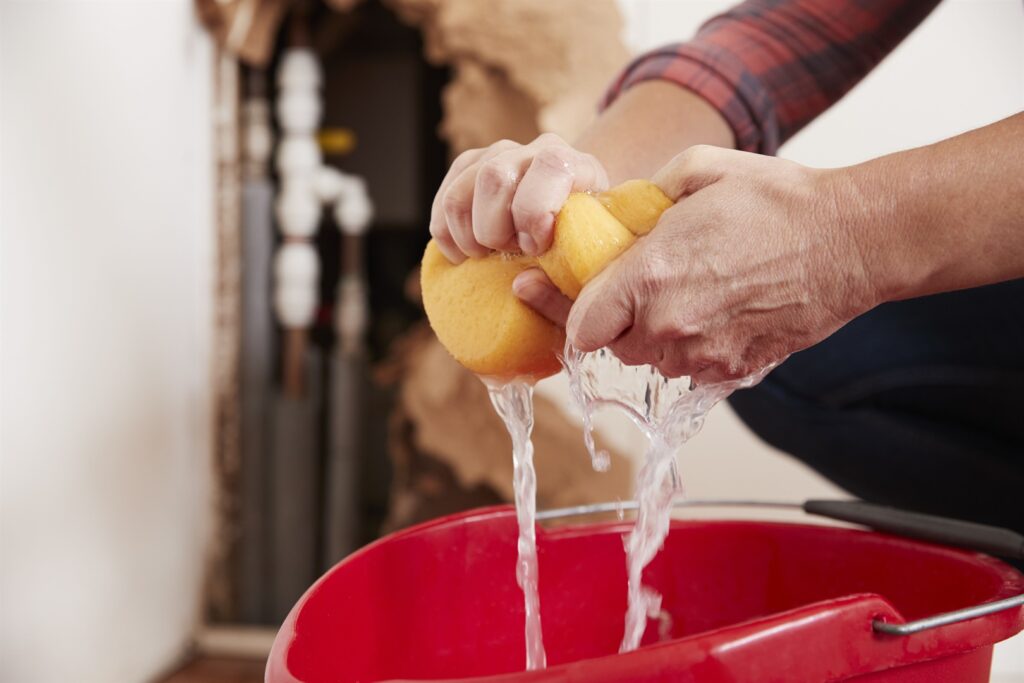
1. Causes of Water Damage
Plumbing Failures
Plumbing failures are one of the primary causes of water damage in homes and businesses. Burst pipes, leaking faucets, and malfunctioning water heaters can lead to significant water intrusion. Regular maintenance of plumbing systems and prompt repair of leaks can help prevent extensive water damage.
Weather-Related Events
Severe weather conditions such as heavy rainfall, hurricanes, or snowmelt can result in flooding and water intrusion. Poorly maintained roofs, cracked foundations, and inadequate drainage systems can exacerbate the impact of weather-related water damage.
Appliance Malfunctions
Household appliances like dishwashers, washing machines, and water heaters can malfunction, causing leaks and water damage. Regular inspection and maintenance of these appliances can reduce the risk of water-related accidents.
Poor Drainage Systems
Improperly designed or clogged drainage systems can lead to water accumulation around the property. This can result in water seepage into basements, crawl spaces, and foundations, causing water damage over time.
Sewer Backups
Sewer backups due to blockages or damaged sewer lines can cause contaminated water to enter your property, posing serious health hazards. Regular inspection of sewer lines and prompt repairs can prevent sewer backup-related water damage.
Roof Leaks
A damaged or poorly maintained roof can allow water to seep into the building during rainfall or snowmelt. Regular roof inspections and repairs can prevent roof leaks and subsequent water damage.
Foundation Cracks
Cracks in the building’s foundation can allow water to infiltrate the structure, leading to moisture issues and water damage. Addressing foundation issues promptly can help prevent water-related problems.
Humidity and Condensation
High humidity levels and condensation can promote mold growth and moisture accumulation, leading to water damage over time. Proper ventilation and dehumidification can help control indoor humidity levels and prevent water damage.
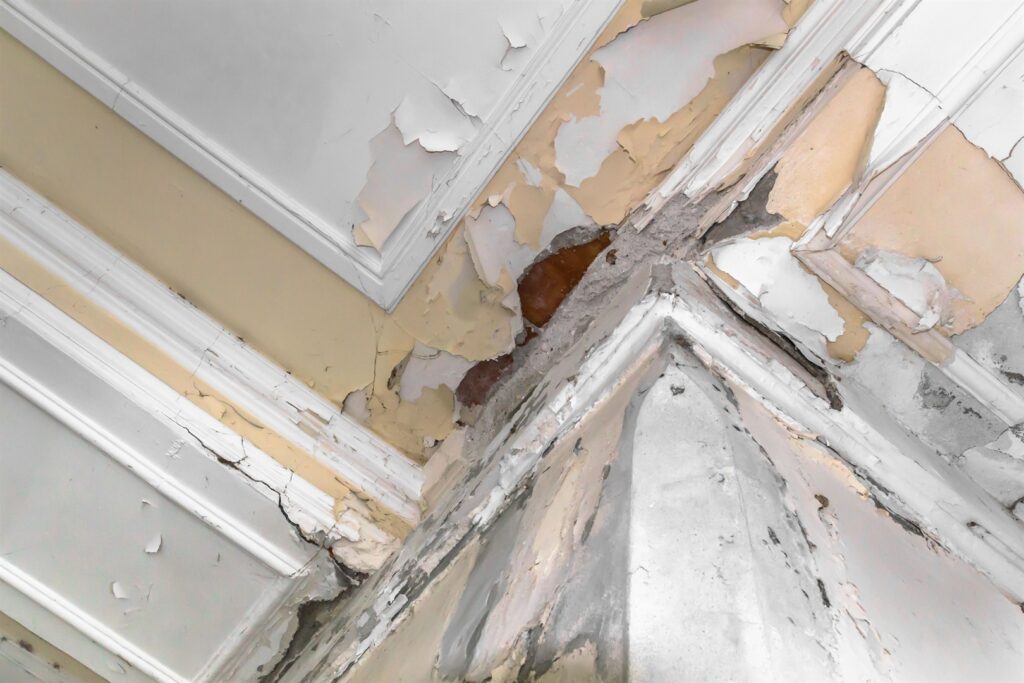
2. Signs and Symptoms of Water Damage
Recognizing the signs and symptoms of water damage early is crucial for timely intervention and mitigation. By identifying these indicators, you can prevent further damage and protect your property.
Visible Water Stains
One of the most apparent signs of water damage is the presence of visible water stains on ceilings, walls, or floors. These stains often appear as discolored patches and may indicate underlying leaks or moisture issues.
Musty Odors
A musty or moldy smell indoors can be indicative of hidden water damage. Mold and mildew thrive in damp environments, and their presence can signal moisture problems within the building.
Peeling Paint or Wallpaper
Water damage can cause paint or wallpaper to peel or bubble, especially in areas exposed to moisture. This occurs as water seeps through surfaces, compromising their adhesion.
Warped or Buckling Floors
Excessive moisture can cause wooden floors to warp, buckle, or become uneven. This distortion is a clear sign of water damage and should be addressed promptly to prevent further structural issues.
Sagging or Discolored Drywall
Moisture-laden drywall can become saggy or discolored over time. These visual changes indicate water infiltration and may necessitate repairs to prevent further deterioration.
Visible Mold Growth
The presence of mold or mildew on surfaces is a telltale sign of prolonged moisture exposure. Mold growth often accompanies water damage and poses health risks to occupants.
Sudden Spike in Utility Bills
Unexplained increases in water bills can indicate hidden leaks within plumbing systems. Monitoring utility bills can help detect water leaks early.
Damp or Wet Carpeting
Carpeting that feels damp or wet to the touch, particularly in areas unaffected by spills or cleaning, may indicate underlying water damage.
Growth of Efflorescence
Efflorescence, a white powdery substance on walls or floors, is caused by water-soluble salts leaching through building materials. It often signals moisture issues.
Visible Mold Growth
The presence of mold or mildew on surfaces is a telltale sign of prolonged moisture exposure. Mold growth often accompanies water damage and poses health risks to occupants.
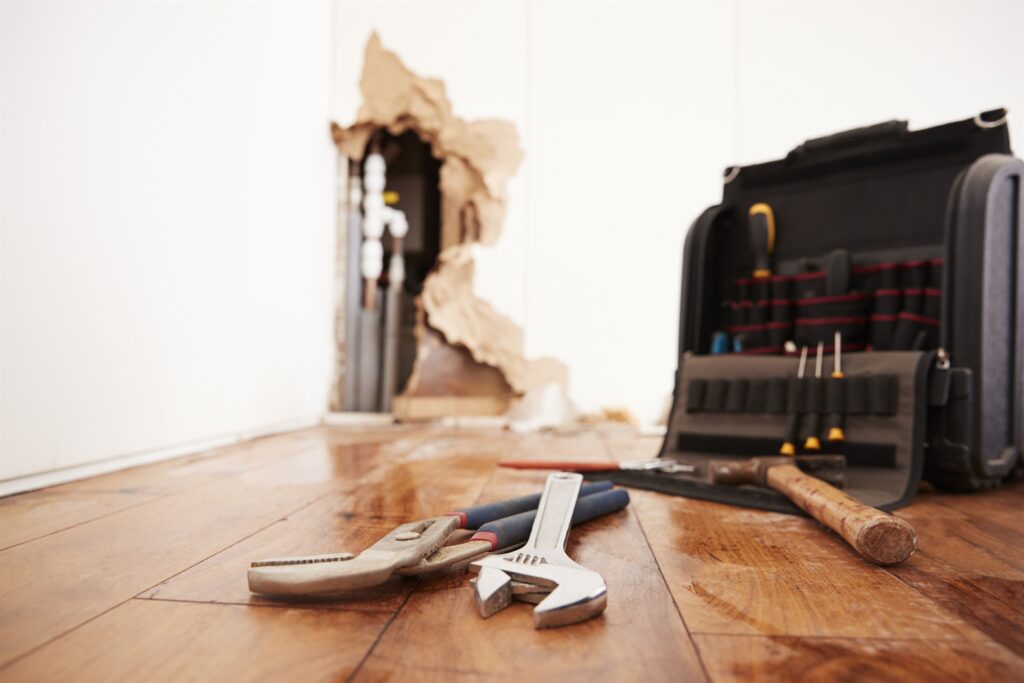
3. Impact of Water Damage on Property
Water damage can have far-reaching consequences, affecting both the structural integrity and aesthetic appeal of a property. Understanding these impacts is essential for effective restoration and mitigation efforts.
Structural Damage
Prolonged exposure to water can compromise the structural integrity of a building. It can weaken wooden supports, corrode metal components, and deteriorate building materials over time.
Mold and Mildew Growth
Water damage creates ideal conditions for mold and mildew growth. These microorganisms not only cause unsightly stains and odors but also pose health risks to occupants, triggering respiratory issues and allergies.
Damage to Electrical Systems
Water infiltration can damage electrical wiring and equipment, posing fire hazards and electrical malfunctions. It is essential to address water damage promptly to prevent electrical issues.
Deterioration of Building Materials
Water damage can cause building materials such as drywall, insulation, and flooring to deteriorate. This deterioration compromises their functionality and aesthetics, necessitating replacement.
Compromised Indoor Air Quality
Mold spores and airborne contaminants associated with water damage can degrade indoor air quality. Poor air quality can exacerbate respiratory conditions and affect occupant health.
Loss of Personal Belongings
Water damage can ruin personal belongings such as furniture, electronics, documents, and sentimental items. Irreplaceable items may be lost if water damage is not addressed promptly.
Decreased Property Value
Untreated water damage can significantly reduce the market value of a property. Potential buyers are deterred by structural issues and the risk of recurring water damage.
Health Risks to Occupants
Water damage contributes to the proliferation of mold, bacteria, and other pathogens that pose health risks to occupants. Respiratory issues, allergies, and skin irritations are common health effects.
Increased Maintenance Costs
Water damage necessitates costly repairs and restoration efforts. Addressing water-related issues promptly can help minimize long-term maintenance costs.
Disruption of Daily Activities
Water damage can disrupt daily activities and business operations, causing inconvenience and downtime. Prompt restoration efforts are essential to minimize disruptions.
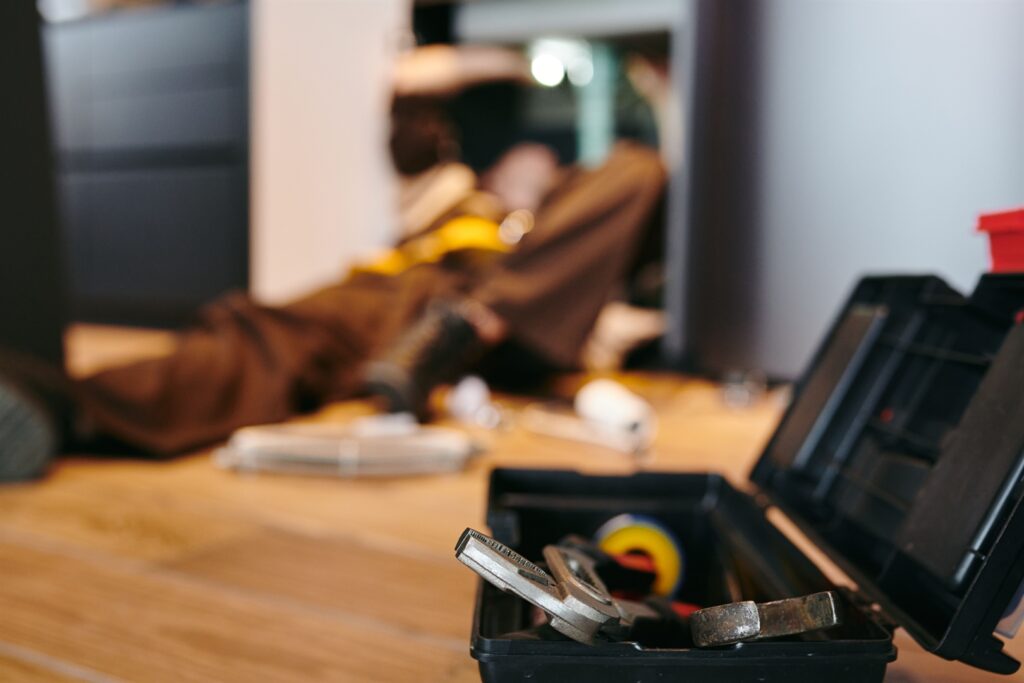
4. Preventive Measures
Water damage can be costly and disruptive. Implementing preventive measures is crucial to safeguard your property from potential water-related issues.
Regular Inspection and Maintenance
Perform routine inspections of plumbing systems, appliances, and roofing to detect leaks or vulnerabilities. Addressing minor issues promptly can prevent water damage.
Install Water Leak Detection Devices
Invest in water leak detection devices that can alert you to potential leaks or bursts in plumbing systems. These devices provide early warnings, allowing for timely intervention.
Proper Drainage Systems
Ensure that gutters, downspouts, and landscaping facilitate proper drainage away from the foundation of the building. Proper grading can prevent water accumulation near the structure.
Insulate Pipes
Insulate exposed pipes, especially in cold climates, to prevent freezing and potential pipe bursts during winter months. Proper insulation helps maintain consistent water flow.
Regular Roof Maintenance
Inspect and maintain the roof regularly to address any missing shingles, damaged flashing, or deteriorated seals. A well-maintained roof prevents water intrusion during rain or snow.
Appliance Maintenance
Regularly inspect and maintain appliances such as dishwashers, washing machines, and water heaters to prevent leaks or malfunctions that could lead to water damage.
Monitor Indoor Humidity Levels
Maintain indoor humidity levels between 30-50% to prevent condensation and moisture buildup. Use dehumidifiers if necessary, especially in basements and crawl spaces.
Seal Foundation Cracks
Inspect and seal any cracks or gaps in the foundation to prevent groundwater seepage into the basement or lower levels of the building.
Landscaping Practices
Avoid planting trees or shrubs near underground pipes or sewer lines to prevent root intrusion and potential pipe damage.
Educate Occupants
Educate residents or occupants about water-saving practices and the importance of reporting leaks or water-related issues promptly.
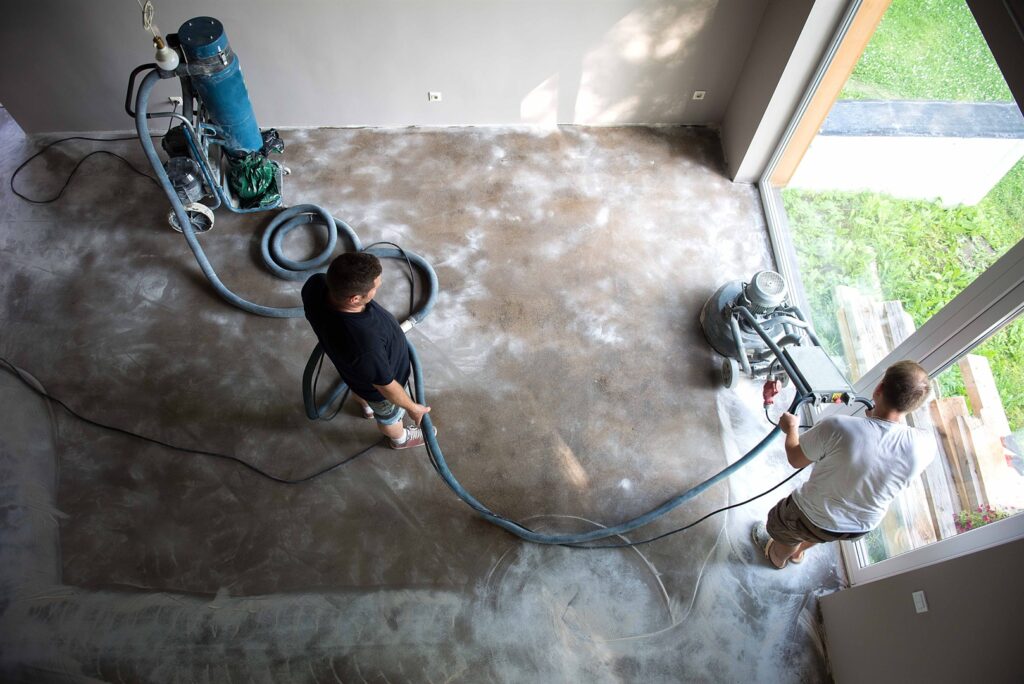
5. Steps to Take When Water Damage Occurs
Acting swiftly when water damage occurs is crucial to minimize its impact and facilitate effective restoration. Follow these steps to mitigate water damage effectively.
Turn Off Water Supply
Immediately shut off the main water supply to prevent further water intrusion. Locate the main shut-off valve in advance and ensure all occupants know its location.
Assess Safety Hazards
Ensure the safety of occupants by identifying and addressing any electrical hazards or structural instability caused by water damage.
Document Damage
Take photos or videos of the water-damaged areas for insurance purposes. Documenting the extent of damage can facilitate the claims process.
Remove Standing Water
Use pumps or wet vacuums to remove standing water from affected areas promptly. This prevents further damage and mold growth.
Dry Out Affected Areas
Use fans, dehumidifiers, and open windows to facilitate drying of affected areas. Proper ventilation helps prevent mold and mildew growth.
Dispose of Damaged Items
Dispose of severely damaged items that cannot be salvaged. Carpeting, insulation, and furniture may need to be replaced to prevent mold contamination.
Sanitize and Disinfect
Thoroughly clean and disinfect water-damaged surfaces and materials to prevent bacterial or mold growth. Use appropriate cleaning agents and protective gear.
Contact Restoration Professionals
Seek professional restoration services to assess the extent of damage and facilitate comprehensive restoration efforts. Restoration experts have the tools and expertise to mitigate water damage effectively.
Address Structural Repairs
Repair structural damage caused by water intrusion, such as warped floors, sagging ceilings, or compromised walls. Ensure that repairs are conducted by qualified professionals.
Prevent Future Incidents
Implement preventive measures to mitigate the risk of future water damage. Address underlying issues and reinforce protective measures.
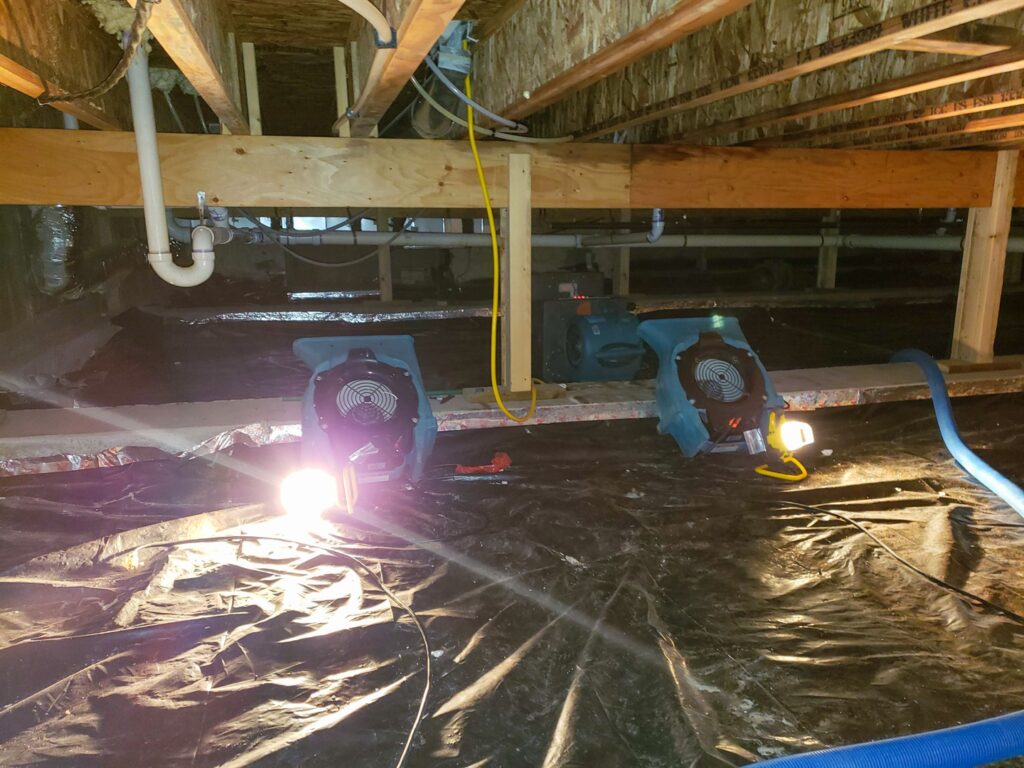
6. Water Damage Restoration Process
Water damage restoration is a comprehensive process that involves multiple steps to mitigate damage and restore affected properties back to their pre-loss condition.
Assessment and Inspection
The restoration process begins with a thorough assessment and inspection of the water-damaged areas. Restoration professionals identify the source of water intrusion and assess the extent of damage.
Water Extraction
The next step is water extraction, where specialized equipment such as pumps, wet vacuums, and extractors are used to remove standing water from the premises. Rapid water removal prevents further damage and mold growth.
Drying and Dehumidification
After water extraction, the affected areas are dried using industrial-grade fans, dehumidifiers, and air movers. Proper drying prevents structural damage and inhibits mold proliferation.
Cleaning and Sanitization
Restoration professionals clean and sanitize water-damaged surfaces, furniture, and belongings using antimicrobial agents. This process eliminates contaminants and prevents mold and bacterial growth.
Mold Remediation
If mold growth is detected, restoration experts conduct mold remediation to remove mold colonies and prevent recurrence. Mold remediation involves thorough cleaning and application of specialized treatments.
Repair and Restoration
The final stage of water damage restoration involves repair and restoration of damaged structures, flooring, drywall, and other building materials. Restoration professionals ensure that the property is restored to its pre-loss condition.
Monitoring and Documentation
Throughout the restoration process, professionals monitor moisture levels and document the progress. This documentation is essential for insurance claims and ensuring the effectiveness of restoration efforts.
Final Inspection and Testing
Once restoration is complete, a final inspection and testing are conducted to ensure that the property is safe and free from water damage and contaminants. Occupants are reassured of a clean and habitable environment.
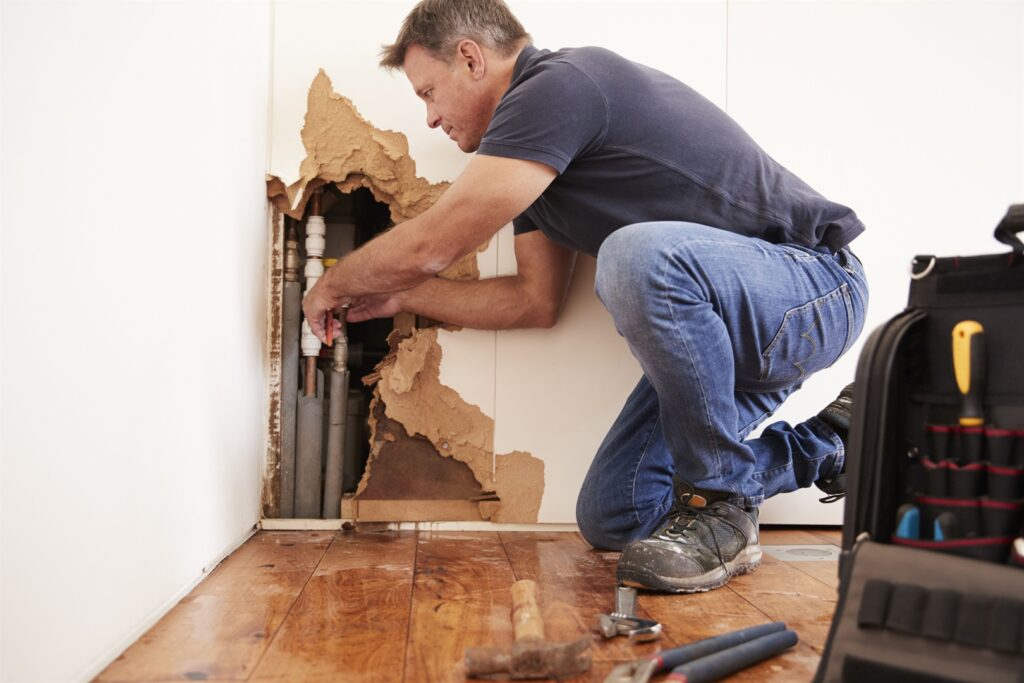
7. Importance of Professional Water Damage Restoration
Professional water damage restoration services are essential for effectively mitigating water damage and restoring affected properties. Here is why hiring professionals is crucial:
Expertise and Experience
Professional restoration companies have the expertise and experience to handle water damage effectively. They understand the complexities of water intrusion and use proven techniques for restoration.
Advanced Equipment and Techniques
Restoration professionals utilize advanced equipment such as moisture meters, infrared cameras, and industrial-grade drying equipment to expedite the restoration process. These tools ensure thorough drying and restoration.
Rapid Response Time
Professional restoration companies offer rapid response times, typically available 24/7 for emergency services. Quick intervention minimizes damage and reduces restoration costs.
Comprehensive Restoration
Professionals provide comprehensive restoration services, including water extraction, drying, sanitization, mold remediation, and structural repairs. They address both visible and hidden water damage.
Insurance Assistance
Experienced restoration companies work with insurance providers to facilitate the claims process. They document damage, provide accurate estimates, and communicate effectively with insurers.
Prevention of Secondary Damage
Prompt and thorough restoration by professionals prevents secondary damage such as mold growth, structural deterioration, and bacterial contamination.
Peace of Mind
Hiring professionals for water damage restoration offers peace of mind to property owners. They can trust that their property is in capable hands and will be restored to a safe and habitable condition.
Long-Term Cost Savings
Professional restoration services may ultimately save money by preventing extensive damage and reducing the need for costly repairs in the future.
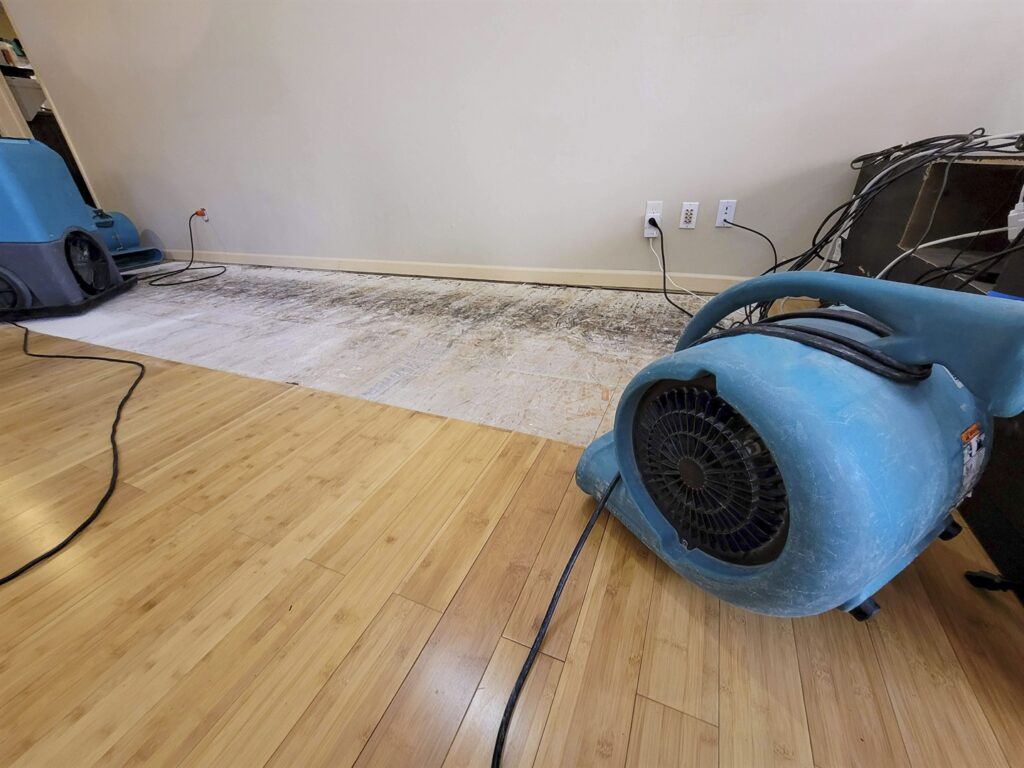
Conclusion
In conclusion, understanding water damage, its causes, preventive measures, and restoration process is crucial for homeowners and property managers. In the event of water damage, swift action is essential to mitigate further damage and restore the affected property. Professional water damage restoration services offer expertise, advanced equipment, and rapid response times to effectively address water damage and restore properties to their pre-loss condition.
Remember, water damage can have serious implications on health, property value, and structural integrity. By staying informed and taking proactive measures, you can protect your home or business from the devastating effects of water damage.



